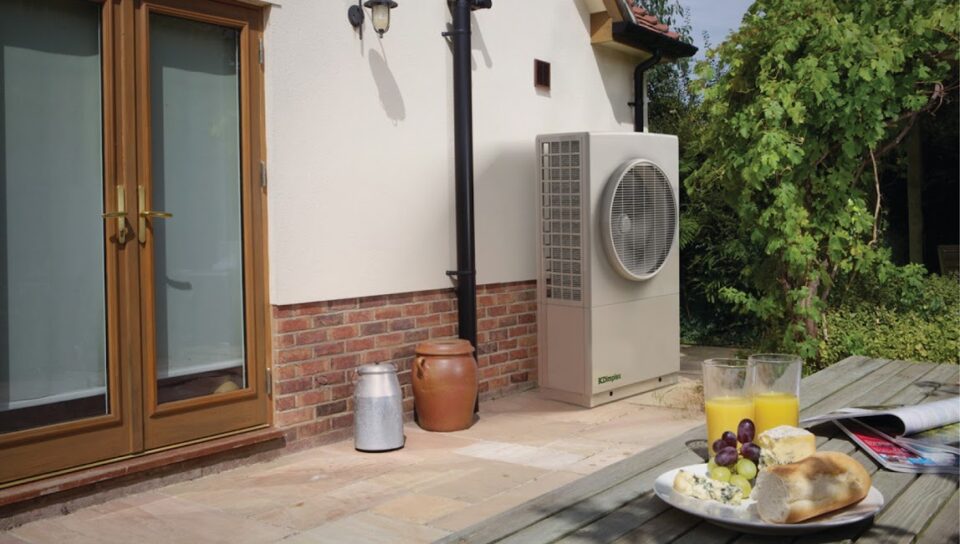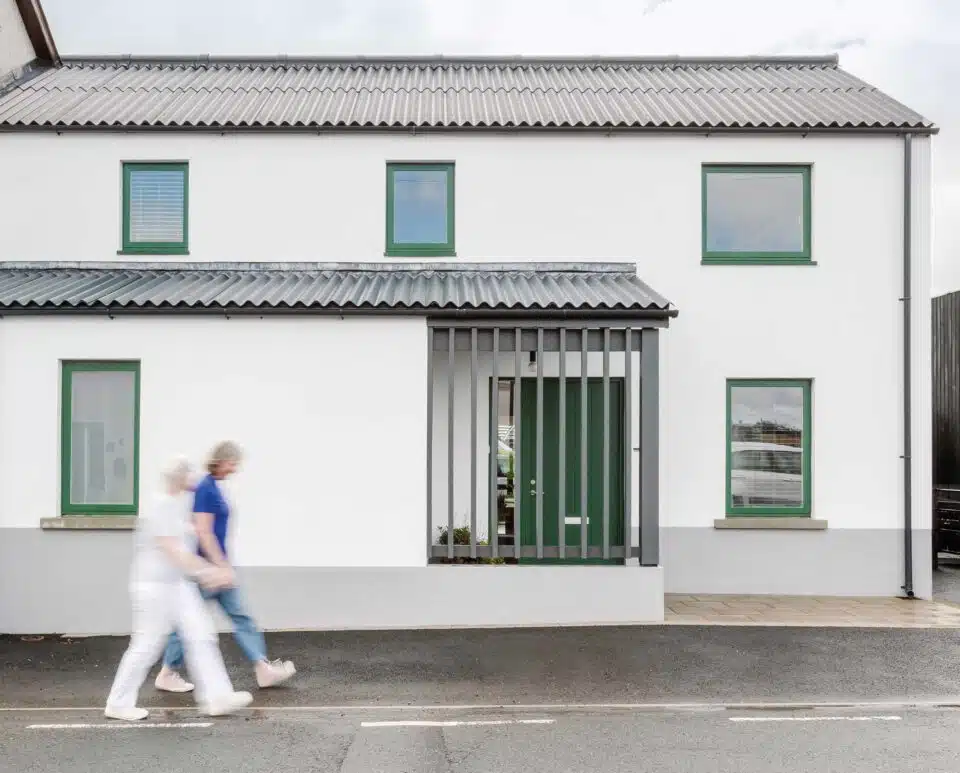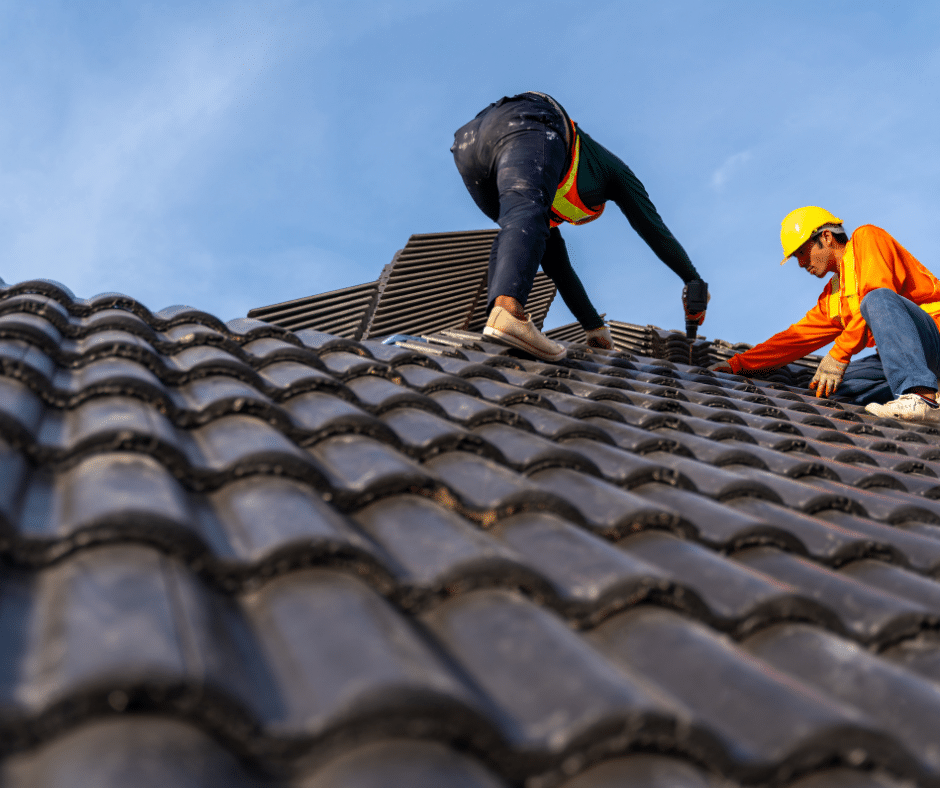To serve & protect
A home must first and foremost provide shelter, in large part protecting us from not only the rain but also from damp. In order to keep water out of your new build, extension or renovation project you will need to consider where and how it may get in and what barriers to put into place to prevent it from harming the building. Your architect and/or engineer will advise you on all of these elements – remember, good advice is key to a successful build.
In broad strokes, there are two schools of thought on the topic – one that says you should seal up the house completely, in effect shielding it from the elements, the other advocating that you should allow the house to ‘breathe’, that is, allow water vapour to get in but also to get out. Nowadays, a combination of both strategies has emerged as the preferred method of dealing with the moisture that is generated in/by the home and from water ingress.
In both NI and ROI you’ll find that some amount of waterproof protection is provided in the form of non-breathable products, such as the damp proof course installed at the base of the building, and indeed the roof covering (e.g. tiles or slates). Many other components tend to rely on the breathability of certain materials, such as the breathable membranes installed in your ‘warm’ roof, which serves to both ventilate and insulate the structure.
Your walls, if made of mass concrete, will fail in the non-breathable category, often sealed off with insulation and airtight membranes, relying primarily on the cavity wall to prevent water and damp from entering your home. Single leaf structures such as stone and brick, on the other hand, allow the building to absorb and release moisture, as the lime mortar is flexible. The wall finish will need to take this into account – the paint/render used must be breathable.
As such, what is most important is that the floor, walls and roof of your home are designed and built with a clear and harmonious strategy in mind, with complementary rather than conflicting methods of preventing water and damp affecting the house. For instance, your subfloor should either rely on ‘breathability’ (e.g. insulated aggregate with lime-based subfloor) or on ‘water-tightness’ (e.g. foam insulation and concrete), not a hybrid system that will lead to damp becoming trapped within the fabric.
If you have a basement, ‘tanking’ it with high grade concrete and waterproof membranes is the most common means of keeping water out, but as a general rule of thumb, if your house is buttressed against soil, damp will inevitably become an issue. For this reason, a construction method favoured in some countries involves propping the house up on stilts, in effect ensuring that the subfloor does not touch the ground. As seen above, in Ireland, these issues are dealt with by insulation and the damp proof membrane.
As for the roof, if properly built, the area of concern will not be the covering but the soffit and the gutters. With time, these will be most susceptible to damage so investing in good products early on should save you some grief. Green roofs are good at retaining water and slowly releasing it to the gutters during heavy rainfall, but know that the runoff will contain high grade nutrients and may not be suitable for rainwater harvesting, depending on the intended use.
In the case of flooding, what will of course matter most is a good drainage strategy – not the most glamorous aspect of house building, perhaps, but neither is water pooling around your house! The building needs to be positioned so that rainfall and flood waters will not gather around it – it may sound obvious but it’s important to remember that a house at the base of a hill, or on a flood plain may have to rely on sand bags. This is why planning regulations are meant to prevent you from building in flood-prone areas.
On a well positioned site, hard paving often first comes to mind when thinking of drainage, but it may lead to flooding problems where the hard surface ends, or if not built with enough of a fall, to pooling nearer the house. Also, runoff from tarmac tends to be contaminated, in large part due to cars, so minimising the amount of so-called ‘hard’ landscaping has become best practice.
Permeable paving, including gravel but also proprietary products, and other ‘sustainable drainage’ solutions should therefore be considered in areas where the soil has good water retention capabilities. Where it doesn’t, a green roof, rainwater harvesting as well as the use of reed beds or culverts should help lessen the amount of hard surfaces and drainage pipes you’ll need.




















